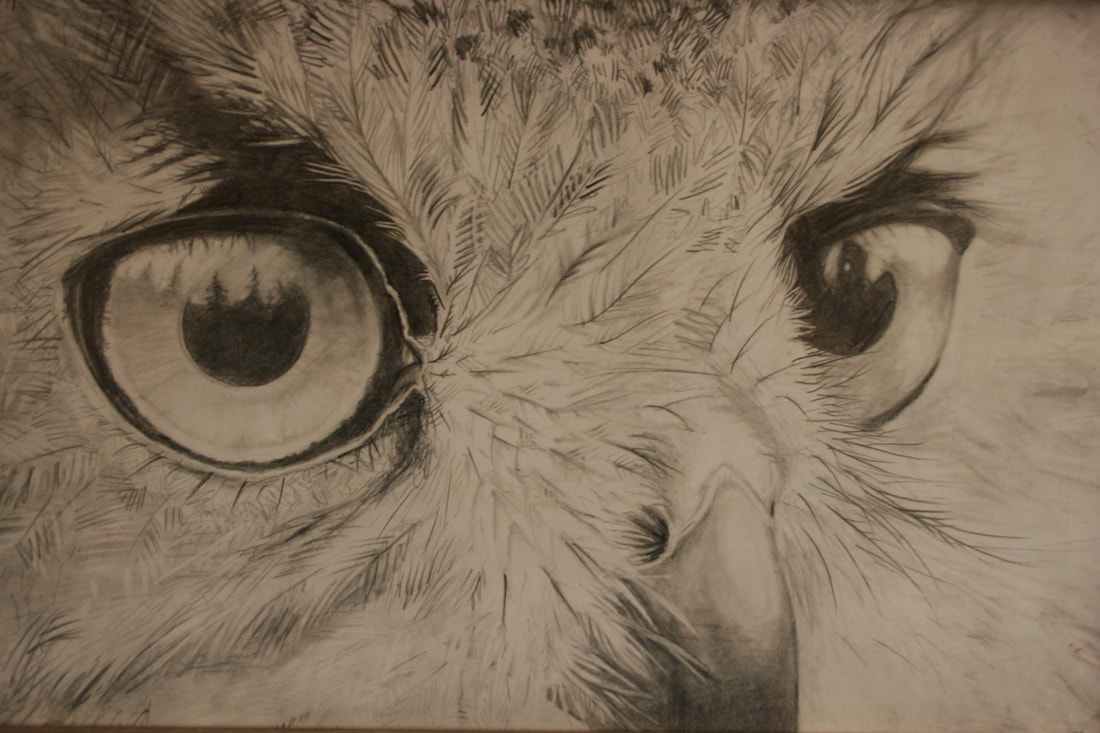|
By Janelle Eklund
When we stepped into our rafts in the mid morning sun it just seemed like it would be another great day on the river. Little did we know the harrowing adventure that lay ahead. The warmth of the shore didn't extend itself to the river. Glacial water and glacial winds air conditioned river currents. We put on thick layers of clothes covered by wind stopping rain gear that also would protect us from any active waves wanting to leap into the raft. Diane, who was from the lower 48, was in our raft. She assured us she had floated many a river - in the lower 48 - and knew how to handle the oars. So Paul put her in the driver's seat, not stopping to think that lower 48 rivers are not like far north braided rivers where reading the river is a skill unto its self. Her technique for avoiding obstacles was to use a ferry angle downstream and let the river do the work. After successfully riding through some rapids the glacial river braided out, with many channels to choose from. The shallow channels caught Diane by surprise. We were on them before we knew it and the river wouldn't stop to accommodate a correction - funny thing about that. A root wad of a tree lodged in the shallow water lay before us. She couldn't decide whether to go right or left. While she hesitated the river made a decision for her, and it wasn't a good one. As if by slow motion it swung us head-on into the root wad. There was no way of avoiding it, it all happened so fast. The force of the water pushed the left side of the raft up onto the top of the root wad. Despite our quick actions to immediately high side, the river swallowed the right side of the raft. It was at that moment we decided it was time to climb out of the raft and onto the root wad. The root wad was very accommodating and welcomed all three of us. The raft was hanging onto the root wad for dear life. We tried pushing down the raft but the force of it all was stronger than we were. The raft that was upstream of us saw our predicament and managed to stay in the outside channel and stop at the end of our tree. The cataraft in our fleet stopped on the upper part of the gravel bar across the channel that separated us from shore. The river was trying its darndest to grab our whole raft, bobbing it up and down to loosen it from the root wad. Tree limbs, hanging out in the main current, danced around the front of it. Paul walked to the end of the tree downstream and crossed the shallow channel to shore where the cataraft crew were thinking about rescue operations. The bank afforded no trees or anything to tie off to start a rescue. Poor Diane was beside herself. All she could think of and attempt to do was to get the raft off the root wad. I kept telling her to stay off the raft, that it was too dangerous. Two of the crew tied a throw bag rope on the back and tried to pull but the river was relentless. Another thought was to find a saw and cut the branches, hoping to free the raft. While all these ideas were being formulated the river continued to play havoc with the raft. My dry bag was bobbing around in the swamped raft with my wallet, camera and radio. I decided it would be a good idea to grab it if it was to survive. Other unsecured items started popping up from under the gear net. Some of us had become too laxidazical about making sure everything was securely tied in. Things started floating down the river, bail buckets, water bottle, dry bag, cup. Shortly after grabbing my dry bag the river had its day with the raft. To be continued From my light to yours-
0 Comments
Leave a Reply. |
Who We AreWISEfriends are several writers connected with Wrangell Institute for Science and Environment, a nonprofit organization located in Alaska's Copper River Valley. Most of these articles originally appeared in our local newspaper, the Copper River Record. Archives
August 2021
Categories
All
|
|
WISE is a
501(c)3 nonprofit organization |
Contact Us |


 RSS Feed
RSS Feed
